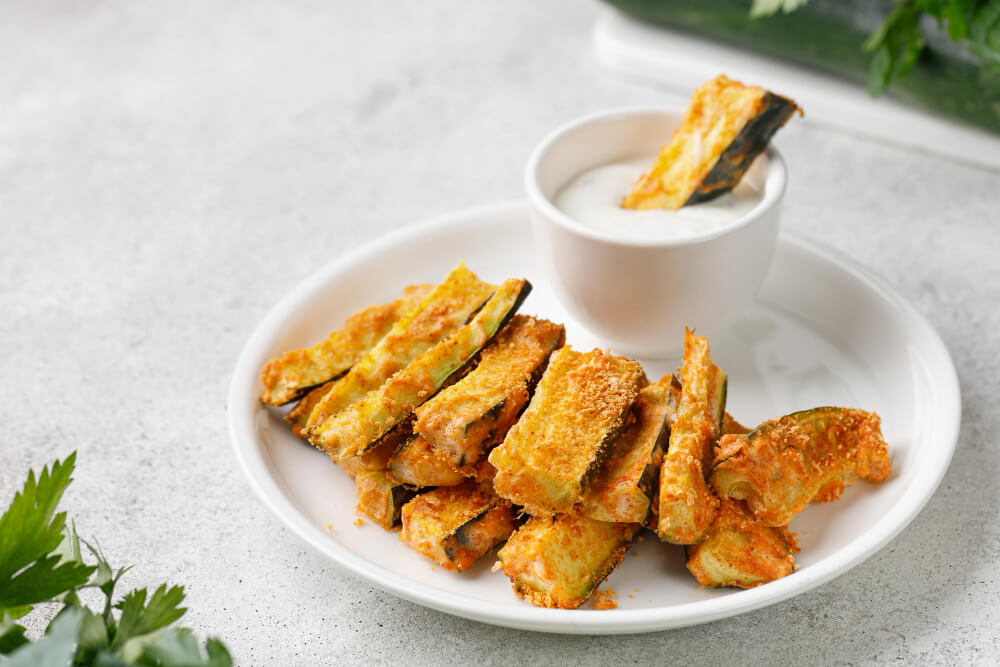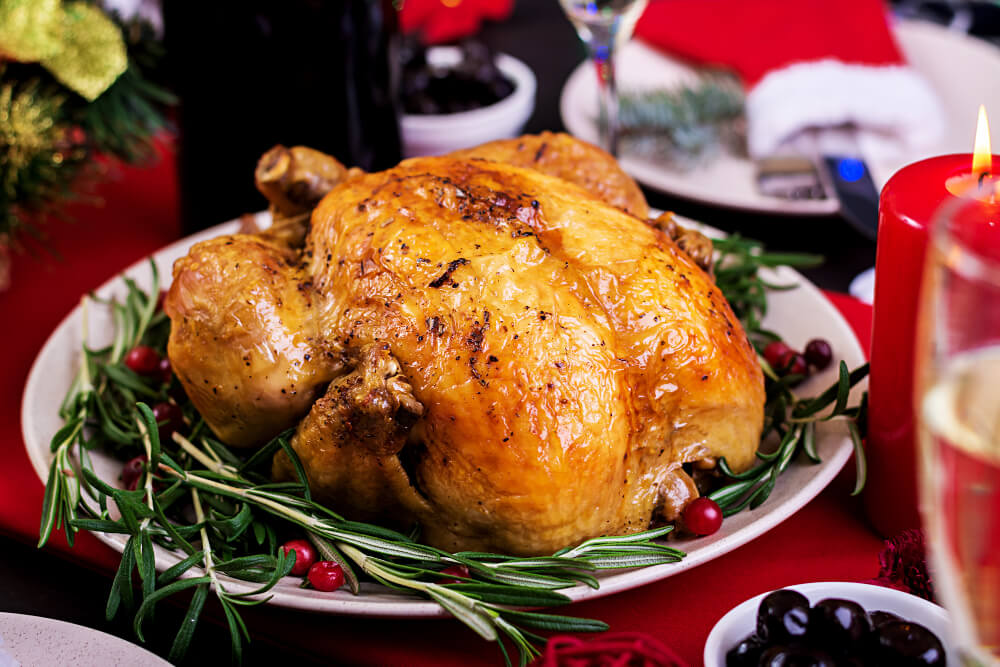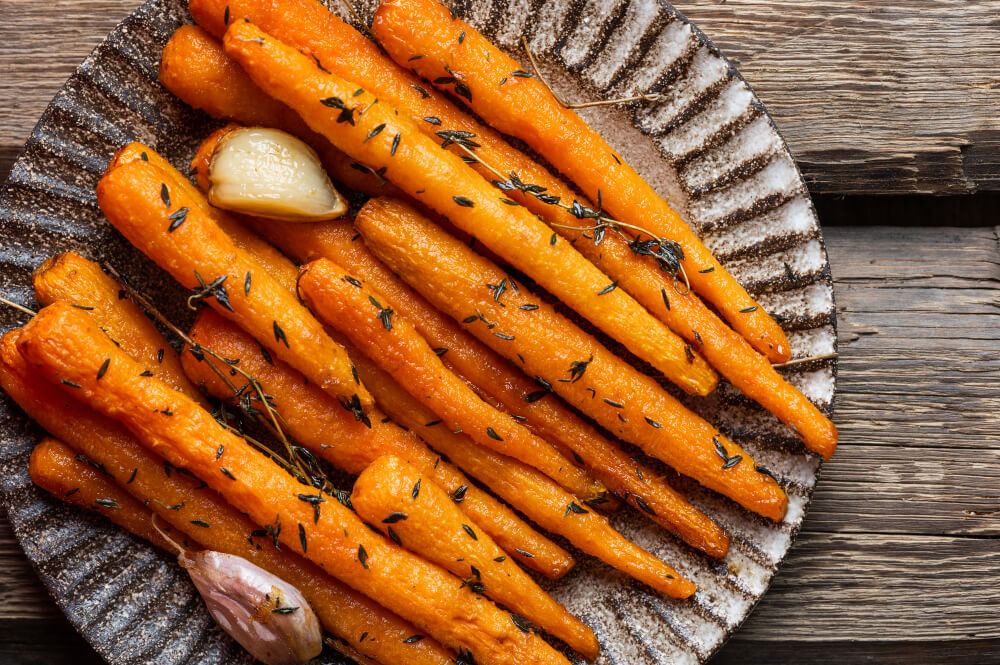
Are you ready to take your backyard BBQ game up a notch? Look no further than the pork butt for juicy and flavorful pulled pork. But the key to perfecting this meaty masterpiece is all in the prep. From selecting the right cut to injecting and rubbing with BBQ goodness and nailing the internal temperature on your smoker or grill, this recipe will have your guests begging for seconds. So grab your favorite BBQ rub, fire up the smoker, and get ready to impress with your new-found pork butt prowess.
What is Pork Butt?
Pork butt, also known as Boston butt, is a popular cut of meat for BBQ pork. Despite its name, it is actually cut from the upper part of the pig's shoulder. Pork shoulder, on the other hand, is cut from the lower part of the shoulder. The amount of pork in a pork butt can vary, but it typically weighs between six and ten pounds.
To get the most flavor out of your pork butt, cooking it low and slow is important. This method involves cooking the meat at a low temperature for several hours, making it tender and juicy. However, to ensure that the pork butt cooks evenly, it is important to trim the excess fat from the meat before cooking.
Cooking a pork butt can seem intimidating, but with the right instruction, anyone can do it. Although pork butt and pork shoulder are frequently confused, understanding the differences can help prevent mistakes. By following a few simple steps, anyone can create delicious BBQ pork to impress their friends and family. Don't be afraid to try it – with the right technique, you can't go wrong with a pork butt.
How to BBQ Right Pork Butt - Step-by-Step Guide
Now to kick start our guide on how to BBQ right pork butt, let’s start with the basics.
Preparing the Pork Butt

Choosing the Right Cut
To make a delicious smoked pork butt, you'll need a few key ingredients. 1st, you'll need a pork butt, of course! You'll also need a dry rub, which can be made at home or purchased from the store. Other important ingredients include vinegar, which can be used to make a delicious finishing sauce, and pepper, which adds a bit of heat to your pork butt.
Additionally, you may want to use aluminum foil to wrap your pork butt during the smoking process to help keep it moist. Yellow mustardis also a popular ingredient to help the dry rub stick to the meat. Finally, you can add a BBQ sauce of your choice for extra flavor, but that's up to you!
When choosing a pork butt, look for a piece of meat with a good amount of marbling, as this will help keep the meat moist and flavorful during the smoking process. Consider going to your local grocery store and seeking a Boston Butt or a Picnic Shoulder. These are the two most common cuts of pork for BBQ pork.
Trimming the Fat
Before applying the dry rub, use a boning knife and wooden cutting board to trim any excess fat from the pork butt. Leave a thin layer of fat on top of the meat to help keep it moist during cooking.
Applying a Dry Rub
A good dry rub will help to add moisture and flavor to your pork butt. You can either make your own rub at home or purchase a pre-made one from the store. Apply the rub generously, making sure to coat the entire surface of the meat, including the sides and bottom. Massage the rub into the meat, pressing it firmly to help it stick.
Tips for Applying the Dry Rub
-
Use a generous amount of seasoning to cover the entire pork butt.
-
Apply the rub for several hours before cooking to allow the flavor to penetrate the meat.
-
Make sure to use a good-quality rub powder for maximum flavor.
-
Consider injecting the pork butt with a flavorful injection to keep the meat moist and add additional flavor.
Setting Up the Grill
Choosing the Right Type of Grill
When it comes to smoking a pork butt, you have several options for the grill type. You can use a traditional charcoal grill, a pellet smoker, or a traditional pit smoker. Consider your preferences and the time you have available to smoke your pork butt.
Setting Up the Coals
If you're using a charcoal grill, you'll need to set up your coals properly. Create a two-zone fire by placing the coals on one side of the grill and leaving the other side empty. This will allow you to smoke your pork butt using indirect heat. You'll want to keep the grill temperature around 225-250°F during smokingn.
Adding Wood Chips
Adding wood chips to your grill will provide the much-needed smoke flavor that pork butt is known for. Soak your wood chips in water for at least 30 minutes before using them. Place the chips in a smoker box or wrap them in a foil pan and add them to the grill. Apple wood chips are a popular choice for pork butt.
Tips for Setting Up the Grill
- Consider using a digital thermometer to monitor the internal temp of your pork butt. It should reach an internal temperature of 160 °F before it's safe to eat.
- Keep a pan of water in the grill to help maintain moisture and prevent the meat from drying out.
- Don't add too much smoke - you want just enough to add flavor, but not so much that it overpowers the taste of the meat.
- Plan for about 1 to 1.5 hours of smoking time per pound of pork butt for best results.
- Consider prepping your pork butt the night before and storing it covered in the fridge until ready to smoke. This will allow the flavors to meld and develop to perfection.
Smoking the Pork Butt
Placing the Pork Butt on the Grill
If you're a newbie to smoking meat, don't worry! It's not as complicated as it seems. Once you have your pork butt prepared with the dry rub, you're ready to place it on the grill. Make sure you have a clean and oiled grate to prevent sticking. Place the pork butt on the grill, fat side up, and close the lid. If you're using a charcoal grill, build your fire on one side of the grill and place the pork butt on the other side for indirect heat.
Monitoring the Temperature
Maintaining a consistent temperature is key to producing a delicious smoked pork butt. Your target temperature should be around 225-250°F for the duration of the smoking process. Use a digital thermometer to monitor the temperature of the meat. Insert the thermometer probe into the thickest part of the meat, being careful not to touch the bone. The internal temperature of the meat should reach at least 195°F for a tender and juicy pork butt.
Maintaining the Smoke
To produce a mouth-watering bark on your pork butt, you'll need to maintain the smoke. Add wood chunks or chips to your heat source every hour or so to keep the smoke flowing. You can use hickory, apple, or cherry wood for a delicious flavor. Just be careful not to add too much smoke, or you may overpower the flavor of the meat.
Tips for Smoking Two Pork Butts
-
If you're smoking two pork butts at once, make sure to leave enough space between them to allow for proper airflow.
-
You may need to adjust your cooking time for two pork butts, as they will take longer to cook than just one.
-
Wrap your pork butts in aluminum foil once they reach an internal temperature of 160°F to help them cook faster and prevent them from drying out.
-
Remember, the bark on your pork butt is just as important as the meat itself. Don't be afraid to let it cook a little longer to develop a nice crust.
Wrapping and Finishing

Wrapping the Pork Butt
Once your pork butt has reached the target temp, it's time to wrap it in aluminum foil or butcher paper. This step is crucial to ensure that your pork butt stays moist and juicy. Simply place the pork butt in the center of the foil or paper and wrap it tightly. You can also add a bit of juice or BBQ sauce to the foil to help keep the meat moist.
Continuing to Cook
After wrapping the pork butt, continue to cook it until it reaches the desired internal temperature. This is typically between 195-205°F. The additional cooking time will allow the pork butt to break down and become even more tender. You'll know it's done when the meat is fork-tender and falls apart easily.
Resting and Pulling
Once your pork butt has finished cooking, remove it from the heat and let it rest for at least 30 minutes. This will allow the juices to redistribute throughout the meat and make it even more flavorful. After resting, it's time to pull the pork. Simply use two forks to shred the meat into bite-sized pieces. Be sure to remove any excess fat or gristle as you go.
To wow your guests, serve your pulled pork at room temp with your favorite BBQ sauce on the side. Or, if you want to make a truly impressive dish, pile the pulled pork onto a toasted bun and top it with coleslaw and pickles. Either way, you'll have a delicious and perfectly cooked pork butt that will have your good friends asking for the recipe.
Serving and Enjoying
Slicing and Serving
After pulling your pork butt, it's time to slice and serve it. Use a sharp knife to cut the meat into thin slices, or leave it in large chunks for a more rustic presentation. Arrange the pork on a platter or individual plates and serve immediately.
Sauces and Sides
To complement the flavor of your delicious smoked pork butt, consider serving it with one or more of these tasty sauces and sides:
-
BBQ sauce: A classic choice for pork, BBQ sauce adds a tangy, sweet flavor to your meat. You can make your own sauce or use store-bought.
-
Coleslaw: A refreshing and crunchy side dish that pairs perfectly with pulled pork. You can make a creamy coleslaw or a vinegar-based one.
-
Baked beans: A hearty and flavorful side dish that's a staple at BBQs. You can use canned beans or make your own.
-
Cornbread: A delicious and easy-to-make side that's perfect for soaking up the juices from your pork.
Storing Leftovers
If you have any leftover pork butt, store it in an airtight container in the refrigerator for up to four days. You can also freeze it for up to three months. To reheat, simply place the meat in a microwave-safe dish or heat it up in a skillet with a bit of oil or butter. Add a splash of BBQ sauce to keep it moist and flavorful.
Conclusion
In conclusion, preparing and cooking a pork butt for BBQ pork can seem like a daunting task, but it's definitely worth the effort. To recap the process, start by choosing a good-quality pork butt, trimming excess fat, and applying a flavorful dry rub. Next, set up your grill for low and slow cooking and smoke the pork butt until it reaches an internal temperature of 195-205°F. Wrap the meat and continue cooking until it is tender and easy to shred. Finally, slice and serve with your favorite BBQ sauce and sides.
If you haven't tried making BBQ pork with a pork butt before, we're here to encourage you to give it a try! With a little bit of preparation and patience, you can create a delicious and impressive BBQ that will be sure to impress your friends and family.
Some final tips and tricks to keep in mind include using a meat thermometer to monitor the internal temperature of the pork butt, adding wood chips to the grill for extra flavor, and letting the meat rest before slicing to allow the juices to redistribute. Don't be afraid to experiment with different rubs and sauces to find your perfect flavor combination. Happy grilling!



